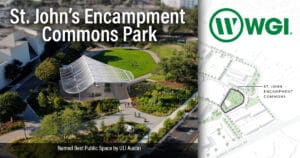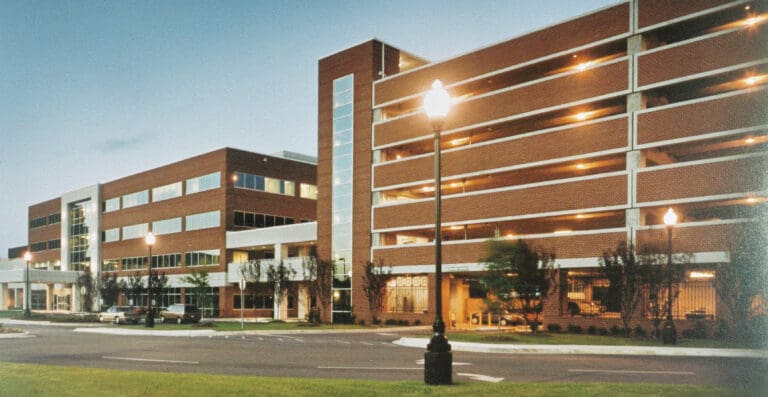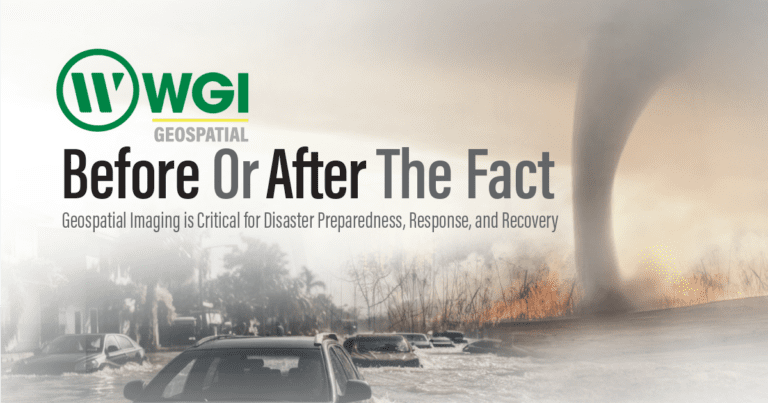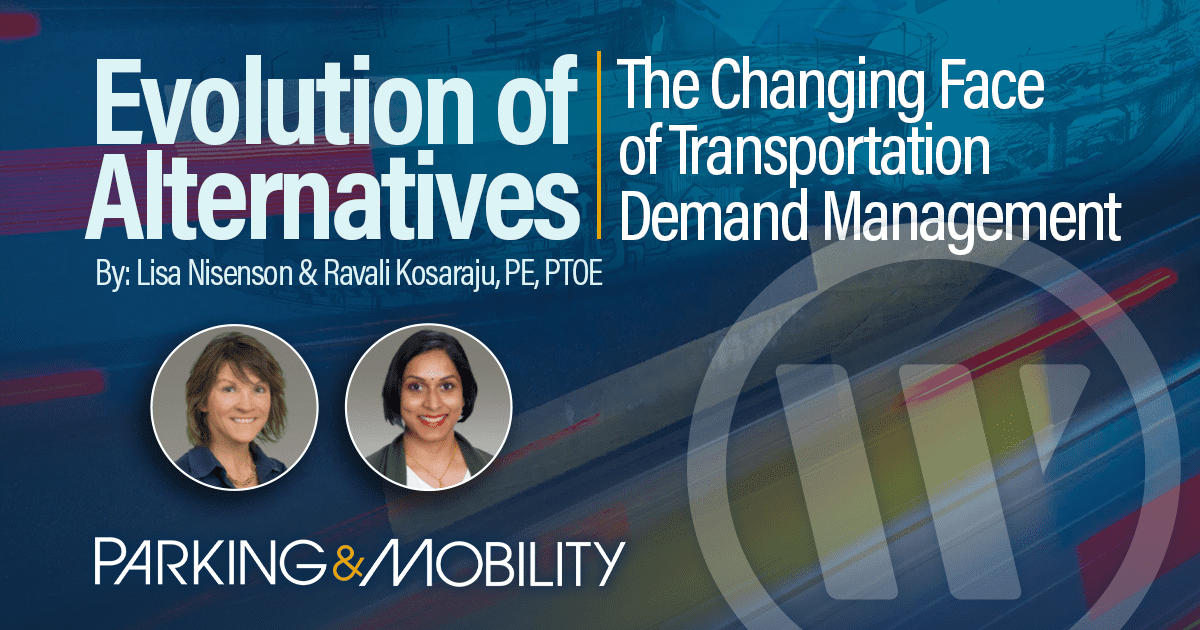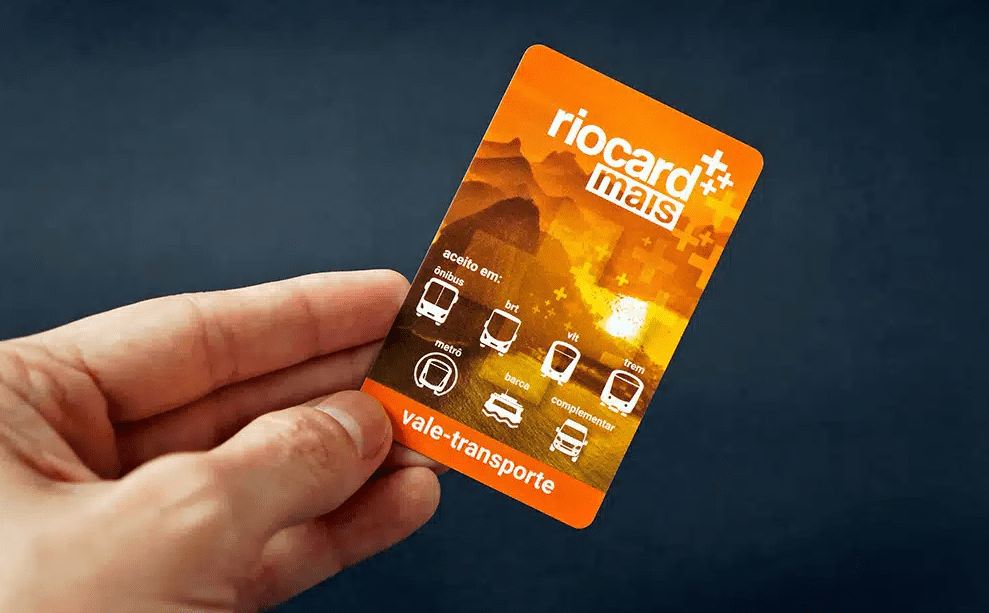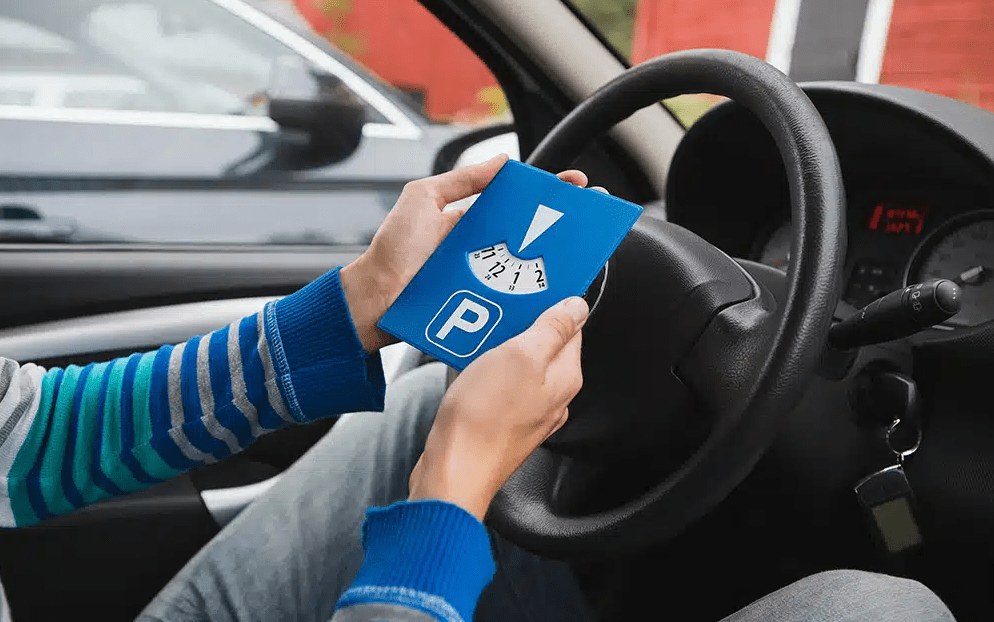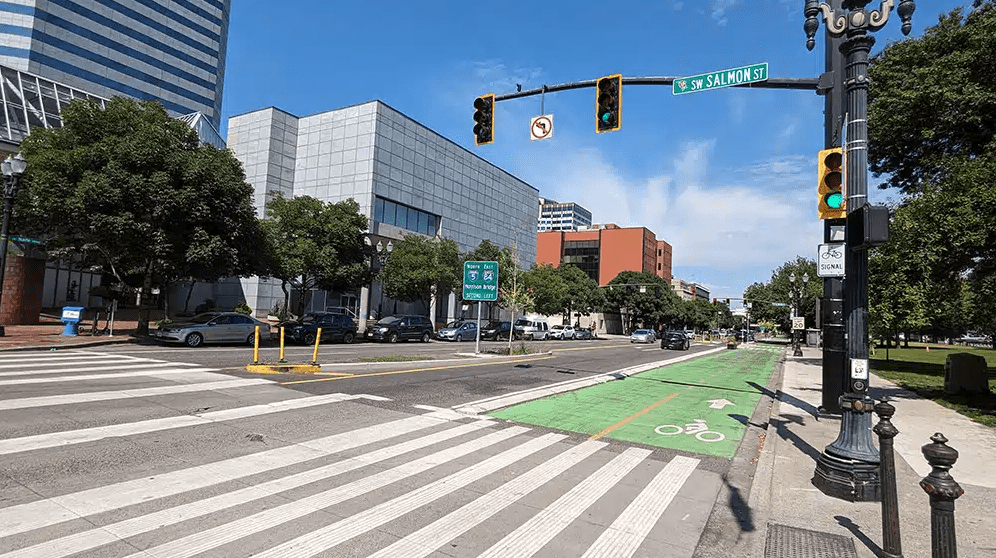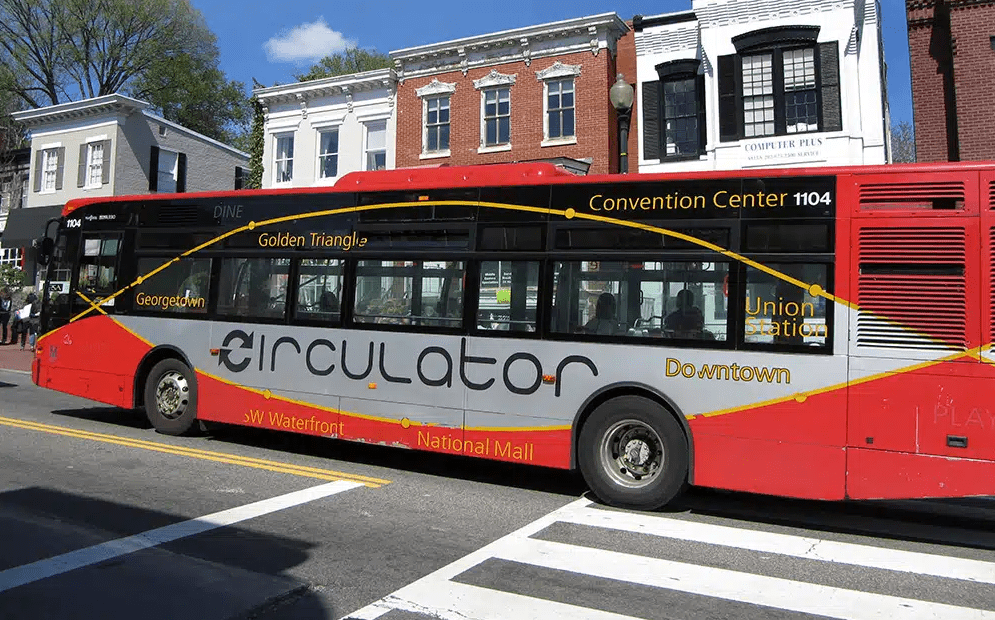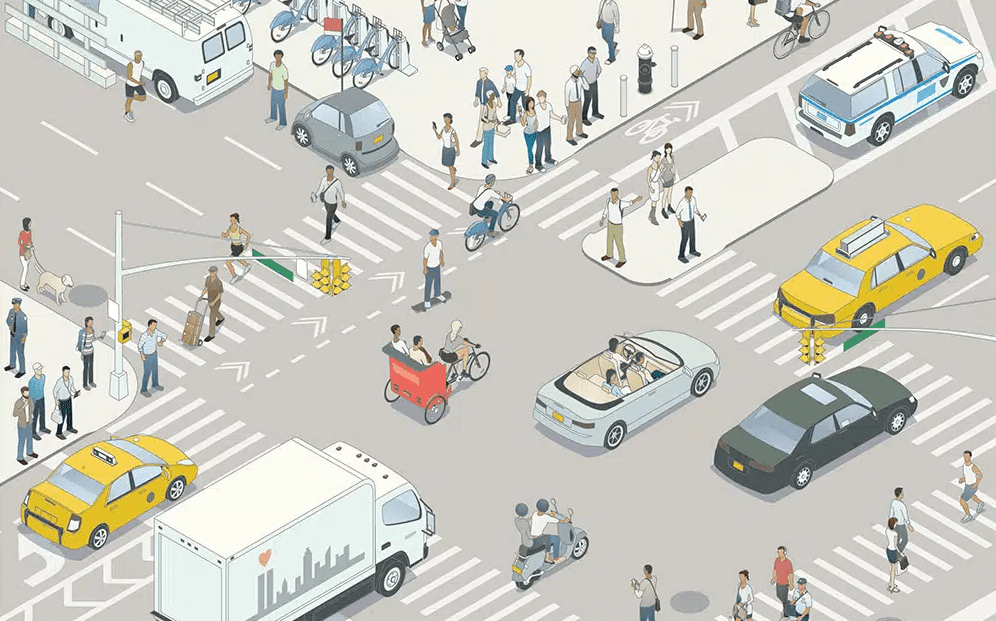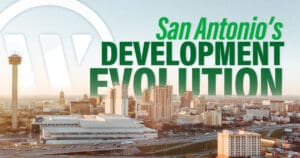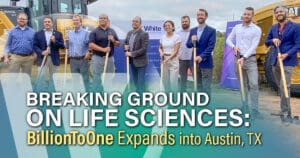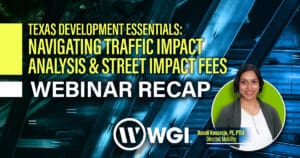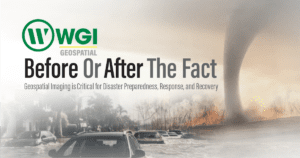Ultimately, each community and each TDM program is unique and needs to be created around local conditions and the habits and values of commuters and residents in those communities. That said, there are strategies that are likely to have an outsized impact on the success of TDM programs.
Some communities are eliminating parking mandates and moving to demand-based pricing for downtown parking. This provides incentives for drivers not to commute in single-occupancy vehicles because the more cars that use parking, the more that parking will cost. The idea behind eliminating parking mandates is that parking then becomes market-driven rather than being mandated by regulations that try to anticipate future needs. This may not be the best approach for all cities, but it can benefit some.
Furthermore, unbundling parking within lease agreements removes the built-in penalty that carless tenants typically face. In this scenario, a resident pays for two types of real estate: the dwelling unit and a parking space. In effect, unbundling rewards residential tenants for not owning a car and commercial tenants for not commuting in their own personal vehicles.
Research shows that these parking-centric strategies can reduce vehicle owners by 5% to 15% and vehicle trips by 10% to 30%.
Roadway Redesigns to Favor Sustainable Modes
Complete Streets is a planning approach that provides safe options for all travelers, including pedestrians, bicyclists, mass transit riders, and of course, drivers. By improving sidewalks, adding bike and bus-only lanes, and reducing traffic speeds, communities can make travel safer, reduce congestion, and improve the quality of life.
Planners are beginning to frame congestion through the lens of space efficiency. Congestion is really a space problem where there is not enough room for the vehicles vying for roadway space (and parking). Supporting biking, walking, and transit use can move more people using less space.
Research shows that Complete Streets approaches typically increase non-auto travel by 20% to 100%, while auto travel declines 10% to 30%. Reducing travel speeds also significantly decreases Vehicle Miles Traveled (VMT).
Smart Growth, New Urbanism, and Transit-Oriented Development
For the past 20 years, urban planners have been focused on promoting the development of compact, mixed-use neighborhoods around high-quality public transit. Not only do Smart Growth, New Urbanism, and Transit-Oriented Development reduce congestion, but they dramatically improve the quality of life for residents and visitors.
Research shows that these types of initiatives tend to increase walking, biking, and public transit use by 20% to 100%, depending on the mix of transportation options and the preferences of local residents. These programs reduce driver annual miles by 20% to 60%.
Sustainable Mobility Apps
We live in a technological age, and technology can help promote TDM. Introducing mobile apps that provide rewards for reduced driving can encourage travelers to seek other modes of transportation.
Research shows that commuters who use these apps reduce their vehicle travel by 73%.
New Frontiers—TDM, Technology, and Policy
Technology promises to transform TDM. Planners can use technology to help support travel decisions, particularly for short trips. According to the Bureau of Transportation Statistics, in 2021, 52% of all trips in the U.S. using all modes of transportation were for distances of less than three miles, and 28% of trips were for less than one mile.
Technology also offers exciting new transportation options with the introduction of new types of vehicles. For instance, the introduction of e-bikes with longer ranges makes them more attractive to urban users. In fact, last year, e-bikes outsold electric vehicles. Now planners need to respond to the growing demand by developing more secure parking for them and more convenient and efficient charging infrastructure.
On-demand transit uses “circulators” to replace short trips or to create a “park once” experience to shuttle commuters and visitors around activity centers and campuses. Circulators work in areas where the market for traditional buses is absent. Like with Uber or Lyft, travelers use a dedicated app to reserve a shared ride on a shuttle or van. Soon these shuttles will utilize autonomous vehicles. The app tells them where and when their pick-up will occur and directs them to the pick-up spot. The programs can be run by the municipality or by private transportation companies contracted by the City. These are particularly attractive programs in communities where there isn’t sufficient demand to warrant a dedicated bus system.
Technology is also helping support shared parking. Hybrid work schedules are likely here to stay, which means monthly parking permits for reserved spaces are a relic of pre-COVID work patterns. Shared-use software lets commuters pay per day, which builds in financial incentives to reduce driving. When linked to calendars, parking managers can plan for and orchestrate parking assignments, including mixed-use areas that transition from daytime jobs to nighttime dining and entertainment.
Tolling is another area where technology will make a difference. Policymakers are searching for ways to replace or augment the gas tax, given the rising fuel efficiency of modern gas-powered cars and rising EV adoption rates. Less gas sold means less tax revenue. Some are looking to new roadway tolls or distance-based fees as a strategy for both raising revenue and impacting commuter’s transportation mode choices. These strategies aren’t particularly impactful today because there are so few toll roads. However, they may become more important over time.
When it comes to Smart City strategies, Mobility as a Service (MaaS) is particularly promising. MaaS is a one-stop service integrating information about all forms of public and private transport services on a single app. Not only does the app show where transit routes go and where micro-mobility is available, but it also shows where parking is available at that moment and how much that parking costs. The apps can even be set up to allow drivers to reserve and pay for a parking spot. Eventually, the apps will be integrated into the vehicles’ on-dash GPS systems to provide turn-by-turn directions to transit stations and parking facilities.
As stated earlier, shared parking and dynamic pricing are starting to be important strategies for promoting TDM. Over the past year or two, several excellent software tools have been introduced to manage shared and use-based parking. These applications allow drivers or companies to book parking just on days when spaces are needed, and they can adjust pricing as demand rises and falls. This technology also gives valets and others transparency regarding when and where spaces are available.
The Evolution of TDM
This is an exciting time for communities wishing to implement Transportation Demand Management, as well as their planning consultants. Over nearly half a century, TDM has evolved into a powerful planning tool for reducing road congestion and improving the quality of life in our cities. And the technology that’s so prevalent in our day-to-day lives is having just as important an impact on TDM implementation, and it will continue to do so as new technologies come online.
And that’s good news. Traffic flow is non-linear and often unpredictable. Even small reductions in peak demand on congested roadways can cause outsized reductions in traffic congestion.
About the Authors
Lisa Nisenson
Vice President | WGI, Inc.
Lisa Nisenson is Vice President at WGI, Inc.
